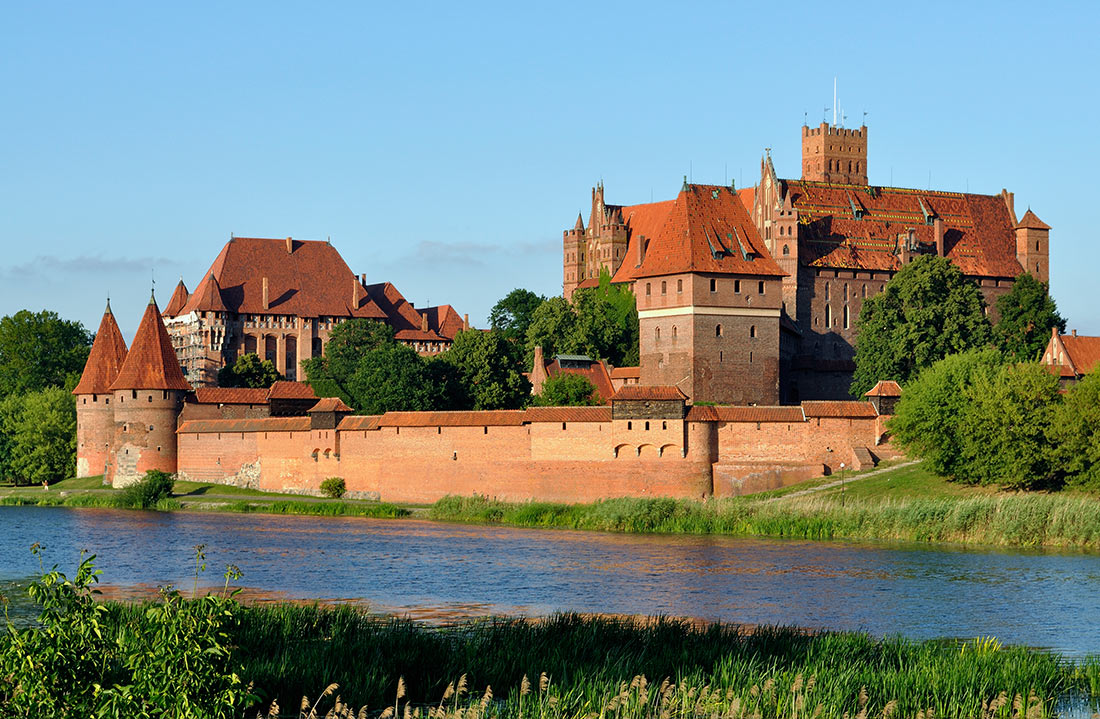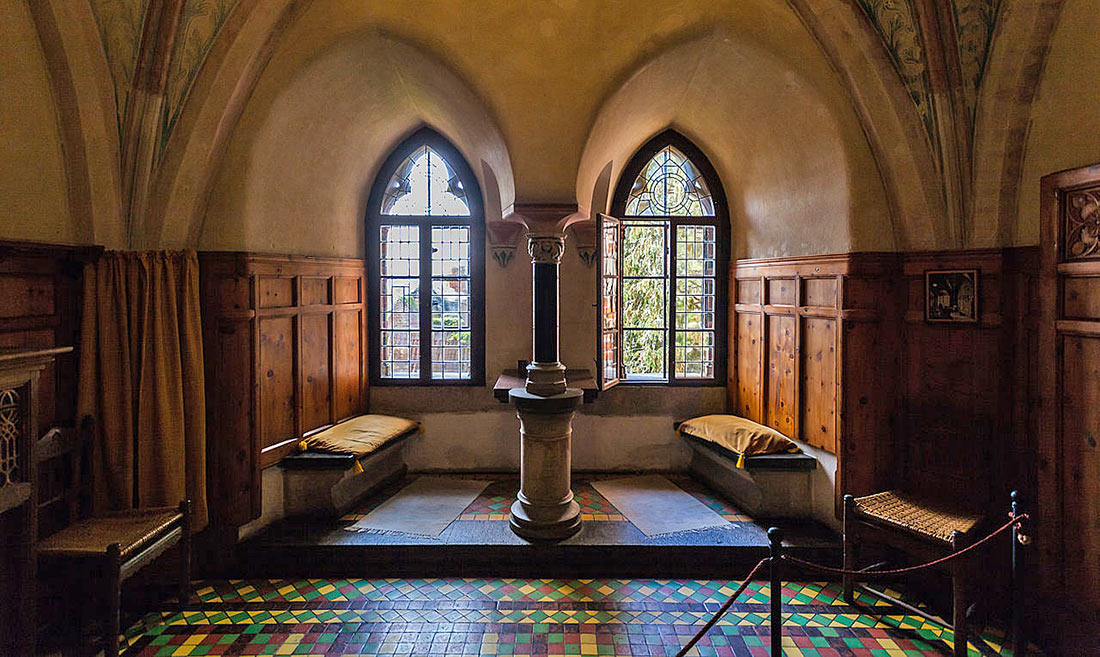For centuries or even millennia, some of the most amazing sites of ancient times have been forgotten or hidden from our eyes, buried under the jungles, deserts or farm fields all over the world. Rumors of lost cities or accidental discoveries have led to unimaginable finds that can be seen today in different parts of our planet. All these places are of great historical and cultural significance, due to which they were included in the UNESCO World Heritage List. We have selected the most interesting and spectacular of them.
UNESCO World Heritage List: Machu Piсchu, Peru
Built in a mountainous area high above the Urubamba River, Machu Picchu is one of the most stunning archaeological sites in the world. This ancient Inca city descends the steep slopes of the mountain, and its terraced steps disappear along the edges of the cliff into the valley below. These incredible ruins have been restored and are in good condition, giving visitors an idea of what the city might have looked like when it was inhabited in the 15th and 16th centuries.

Photo: Zielonamapa.pl (CC BY-SA)
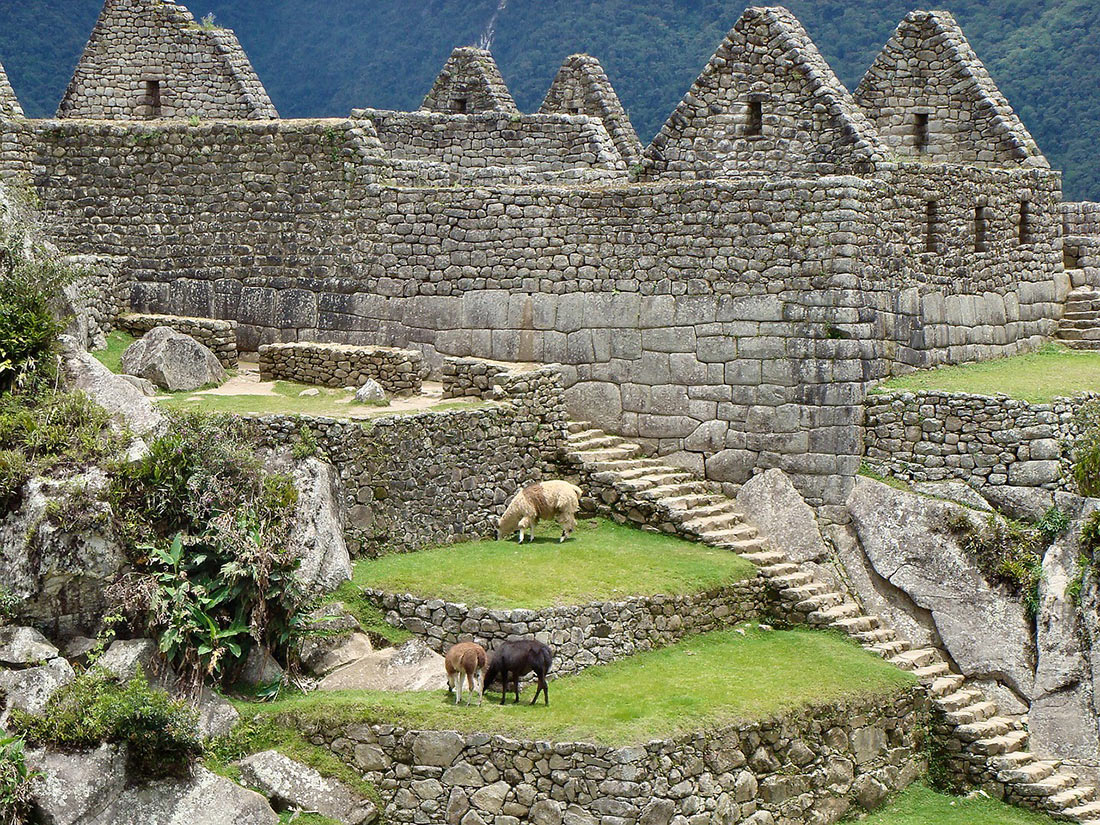
Photo: dassel (pixabay.com) / needpix (CC0)
Giza pyramid complex, Egypt
One of the most iconic places in the world is Giza pyramid complex, located near Cairo. Nearby is the equally impressive Sphinx, silently gazing into the distance for centuries. The largest of the pyramids, which are, in fact, the tombs of the pharaohs – the pyramid of Cheops, was built between 2560 and 2540 BC. Just compare: they were already over 2600 years old when the Colosseum in Rome was built. These gigantic monuments are the only one of the Seven Wonders of the Ancient World that has survived to this day.
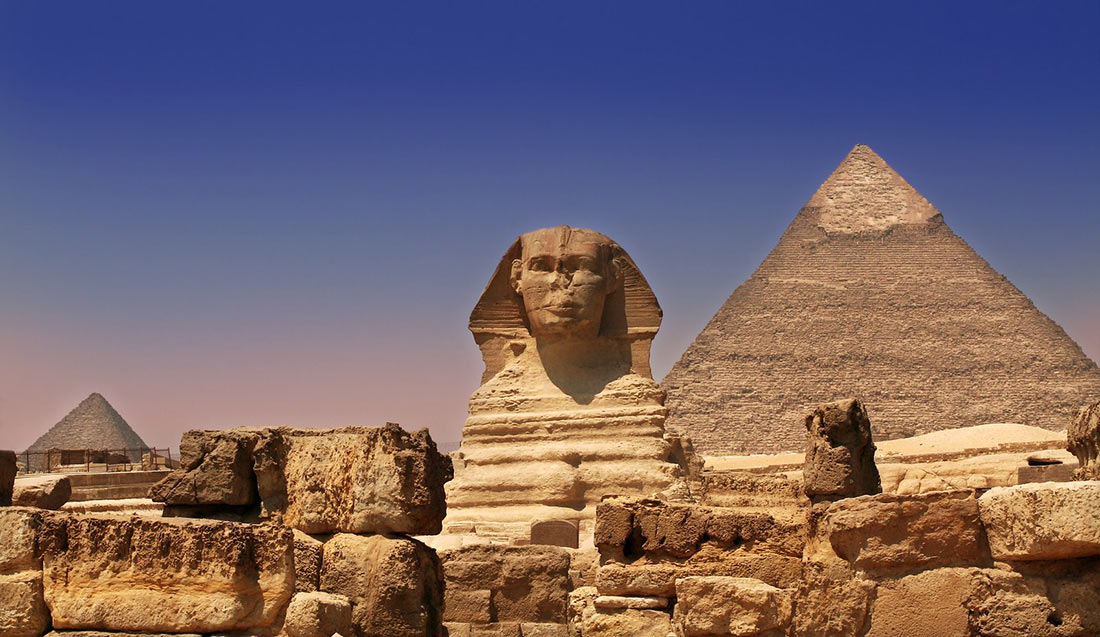
Photo: Sam valadi / flickr (CC BY 2.0)
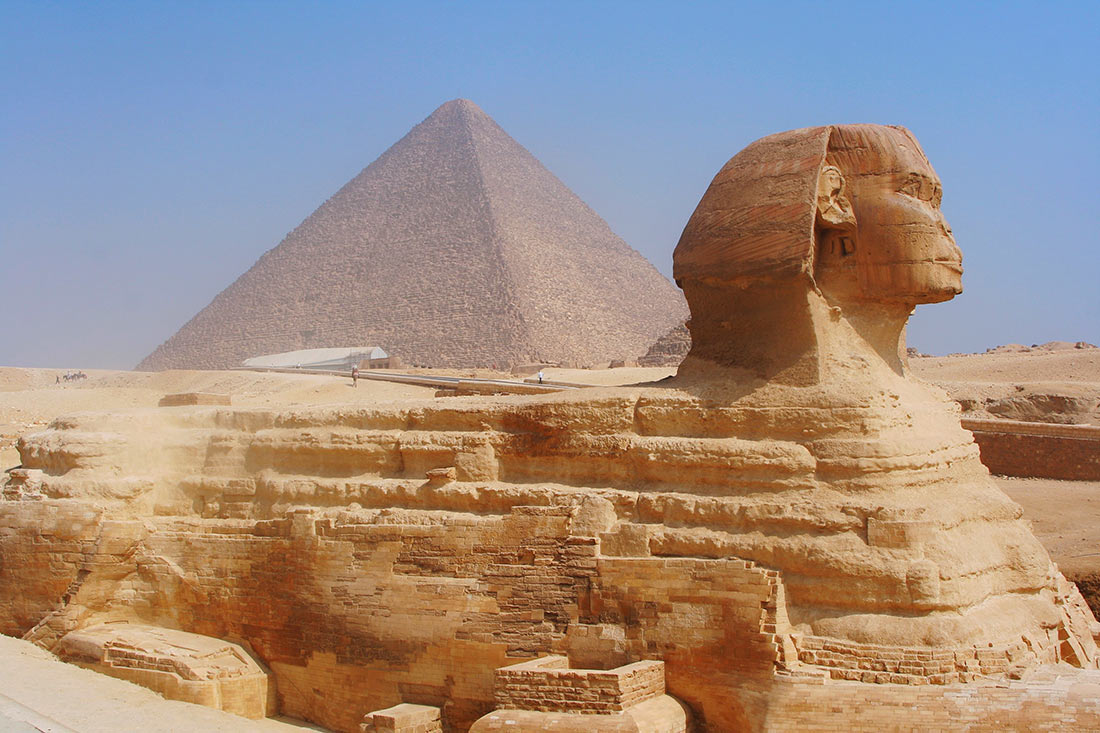
Photo: piqsels (CC0 1.0)
UNESCO World Heritage List: Bagan, Myanmar
Thousands of ancient temples and stupas stretch endlessly across the landscape in Bagan, where the silhouette of a temple against the sky in the early morning or at sunset is a magical sight. This area is famous for the largest concentration of Buddhist temples in the world, many of which were built in the 1000s and 1100s when Bagan was the capital of a pagan kingdom.
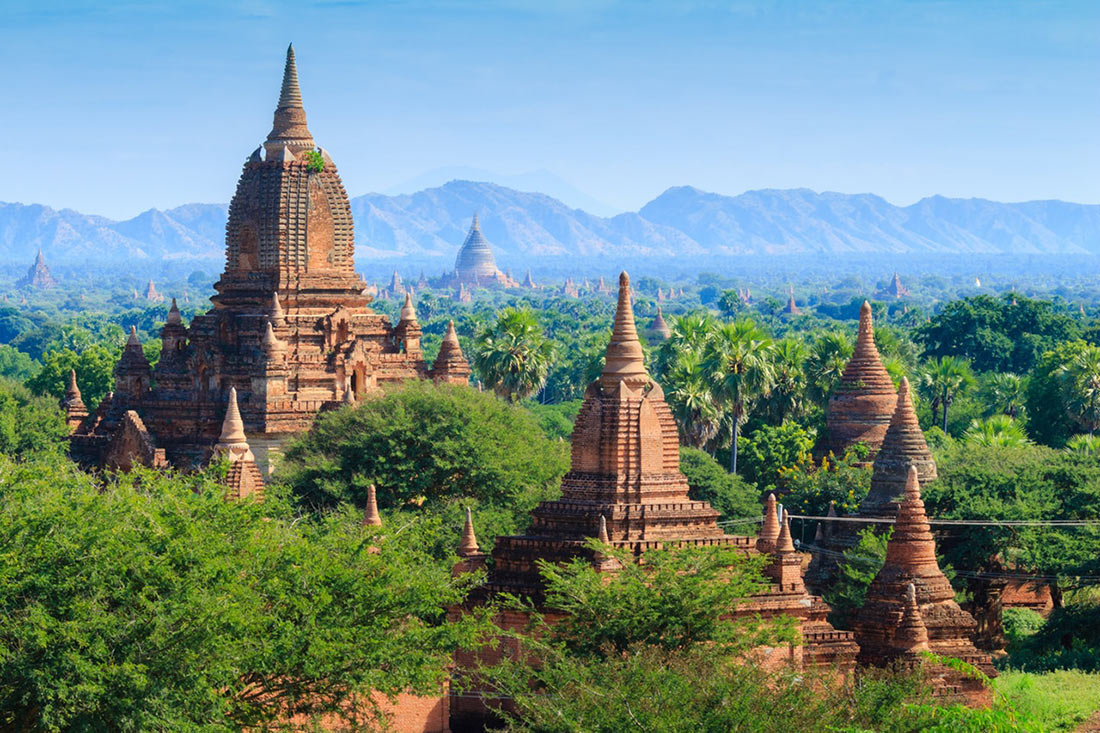
Photo: Pixabay / pexels (Pexels License)
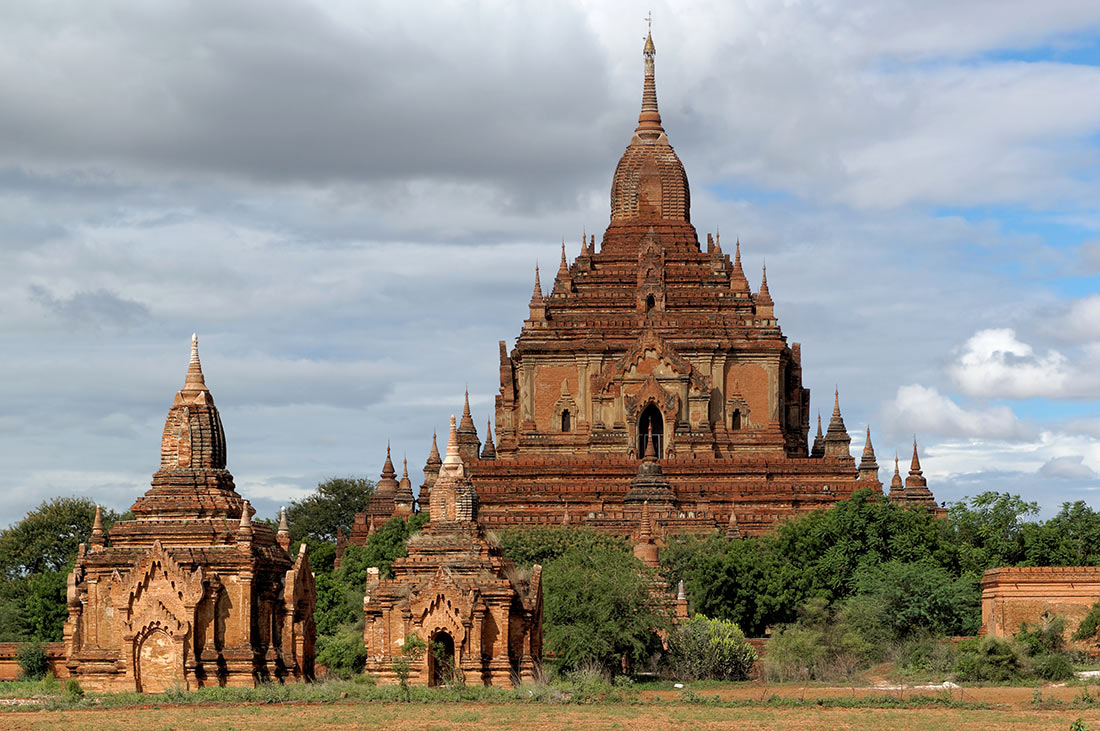
Photo: Jakub Hałun (CC BY-SA)
Angkor Wat, Cambodia
Unique temple of Angkor Wat, located in the jungle near the city of Siem Reap, is known as the world’s largest religious monument. Angkor Wat was built by the Khmers in the 12th century, and today the magic of its architecture is emphasized by the trees and their roots that frame the buildings.
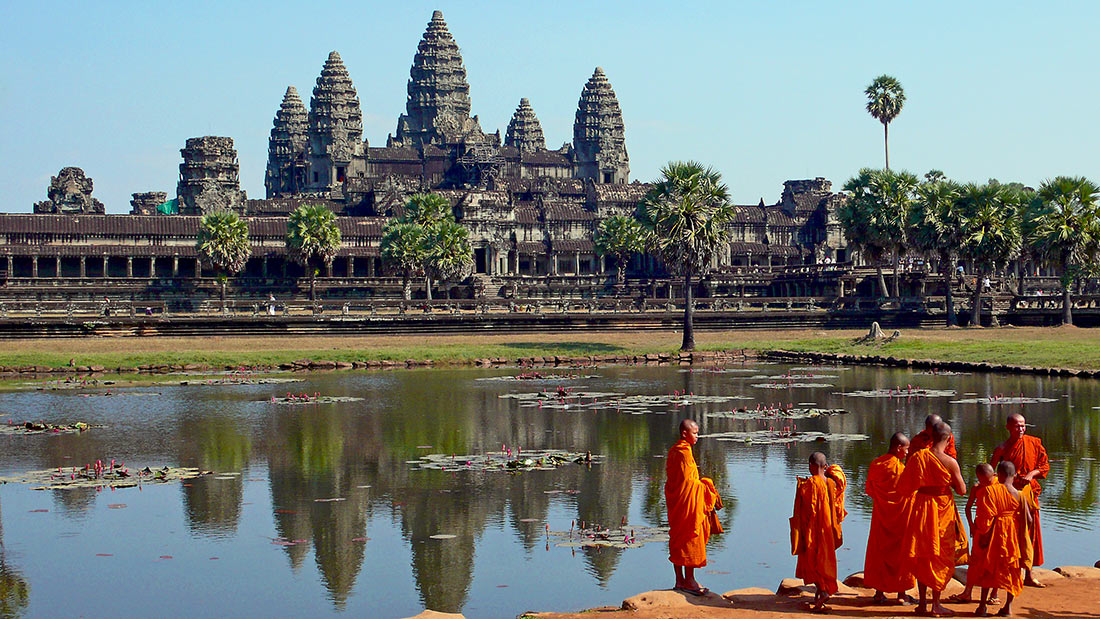
Photo: sam garza (CC BY)
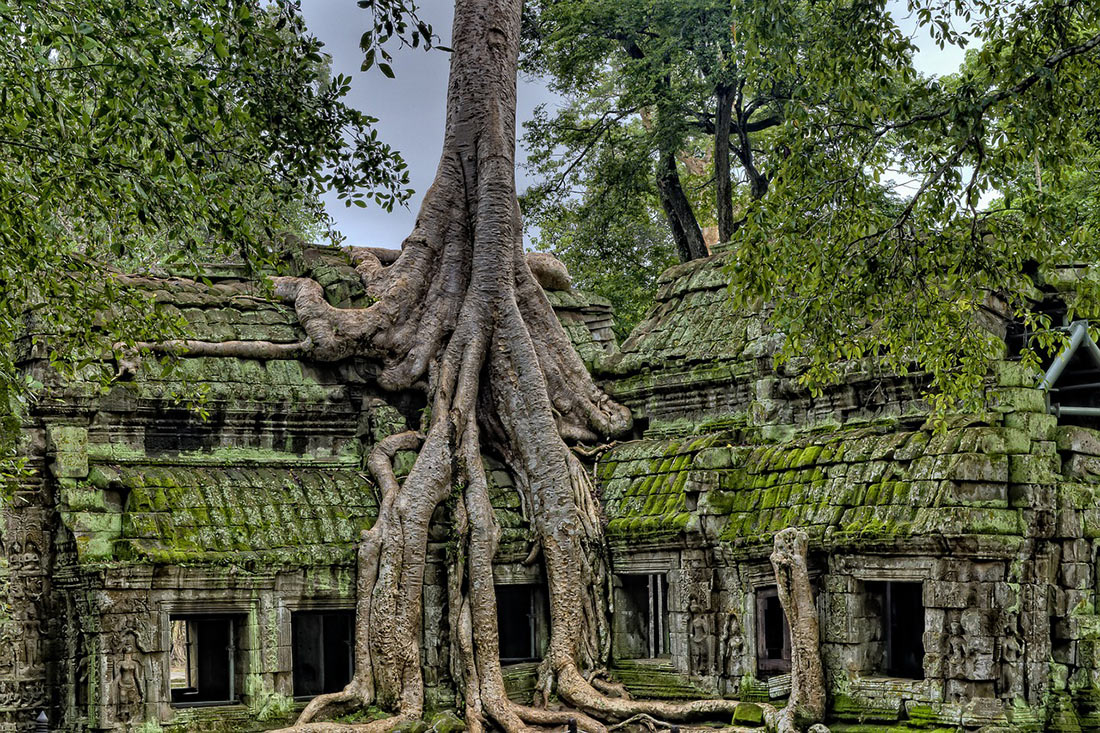
Photo: jameswheeler / pixabay (Pixabay License)
UNESCO World Heritage List: Great Wall of China
The Great Wall of China, which stretches for almost 6 thousand kilometers through forests and mountains, is one of those undeniable places that make you admire our surrounding world. This massive structure, composed of battlements and watchtowers, has been built over the centuries, and the oldest parts of it were erected in the 7th century BC.

Photo: Photo by CEphoto, Uwe Aranas (CC BY-SA 3.0)

Photo: Jakub Hałun (CC BY-SA)
Colosseum in Rome, Italy
One of the most recognizable landmarks in the world! The Colosseum, located in the capital of Italy, is the largest building preserved from the time of the Roman Empire. This imposing structure in the center of modern Rome is a testament to the city’s incredible history and the achievements of the ancient Romans.
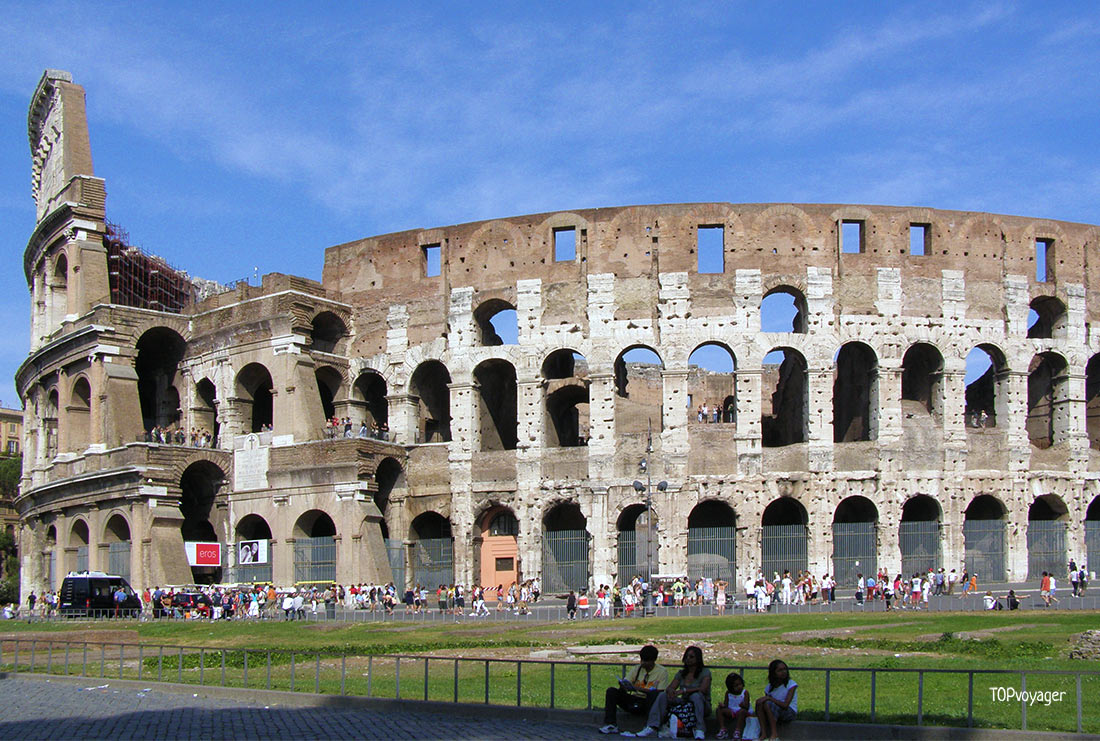
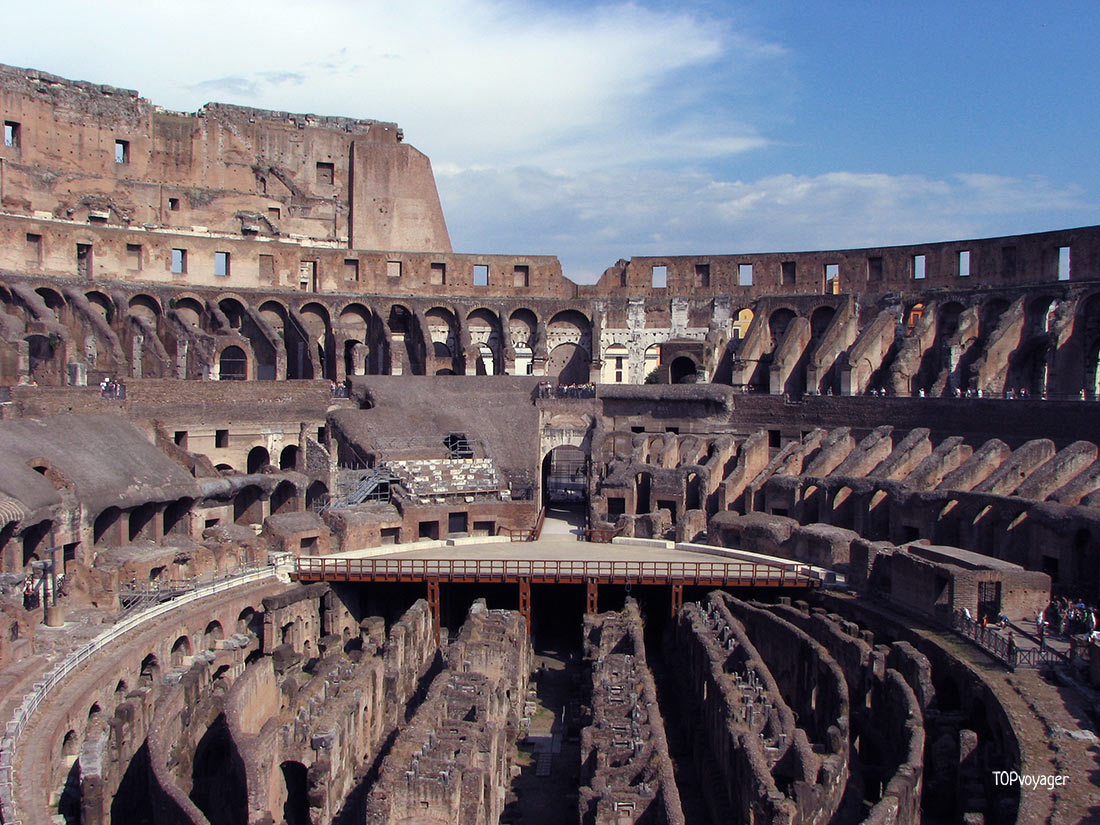
UNESCO World Heritage List: Acropolis, Greece
Perched on a hilltop, the Acropolis majestically towers over the capital of Greece. The proud monument of Ancient Greece was built between the 5th and 4th centuries BC. Still, the largest and most recognizable structure from this period is the Parthenon, which symbolizes the country’s long history.
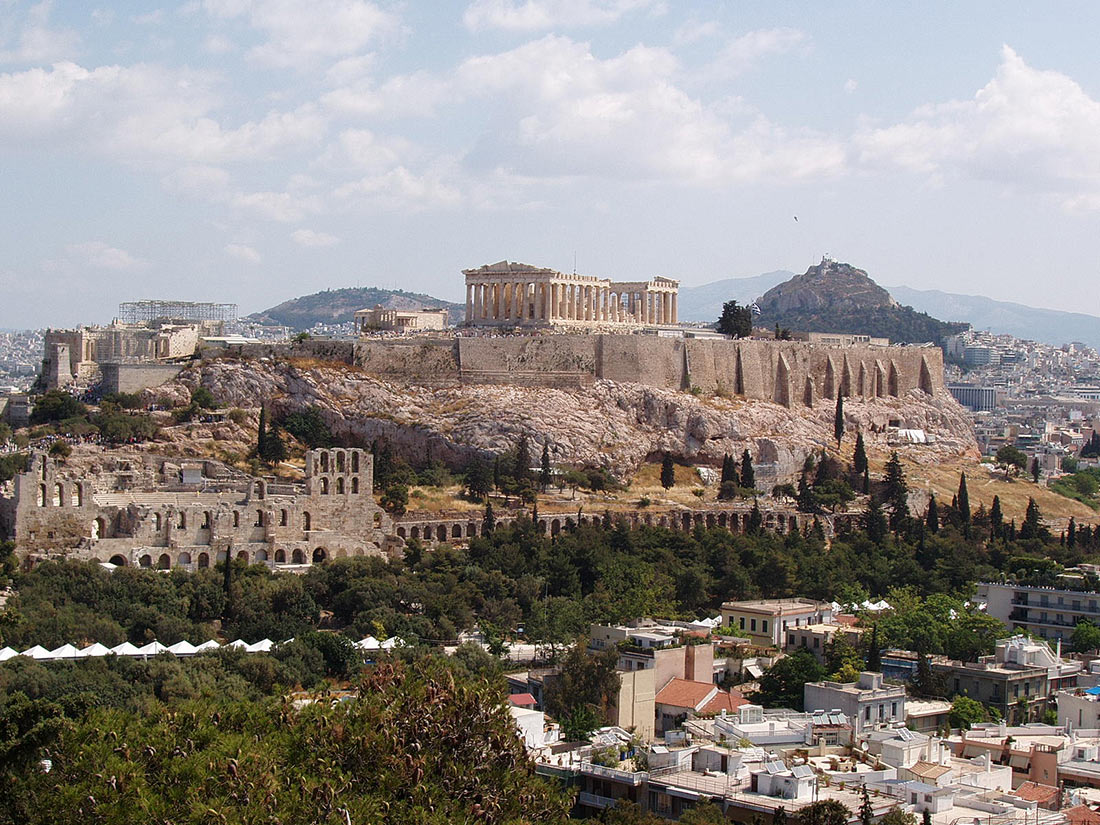
Photo: Adam L. Clevenger (CC BY-SA)
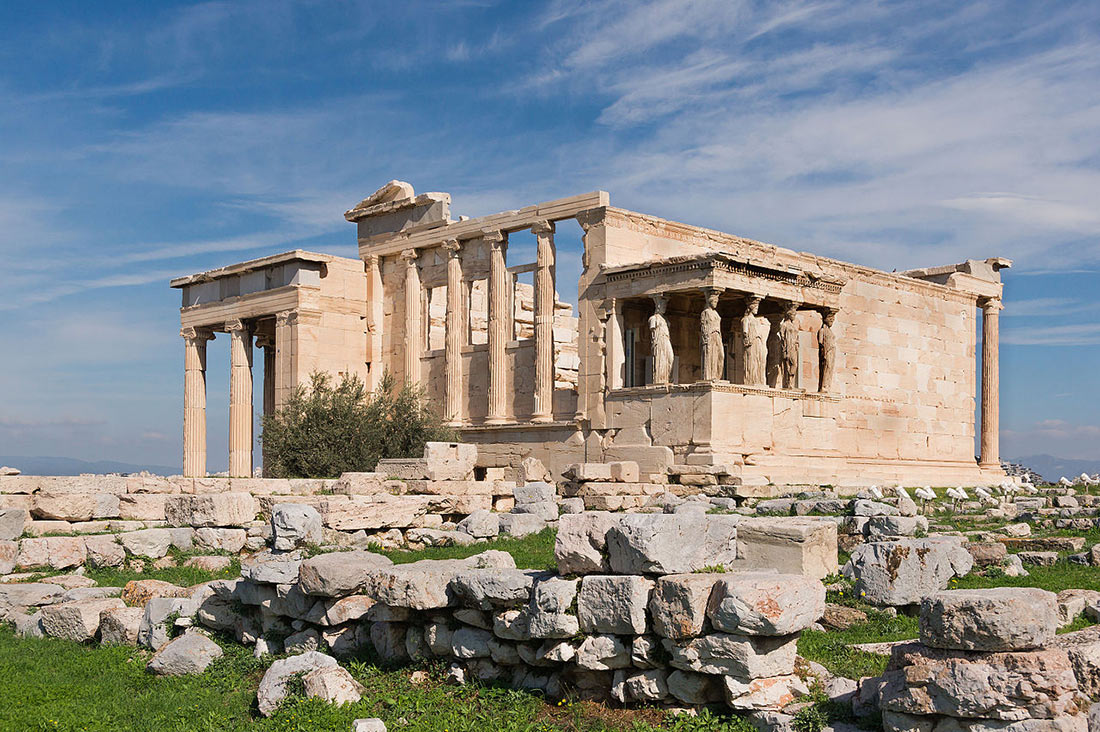
Photo: Jebulon (CC0)
Stonehenge, Great Britain
This incredible prehistoric monument is one of the most visited attractions in the United Kingdom and certainly one of its most unique sites, attracting huge numbers of visitors every year. It is believed that the Stonehenge megalith was erected between 3000-1500 BC, but there is no information about its origin or purpose, leading to all sorts of speculation and myths.
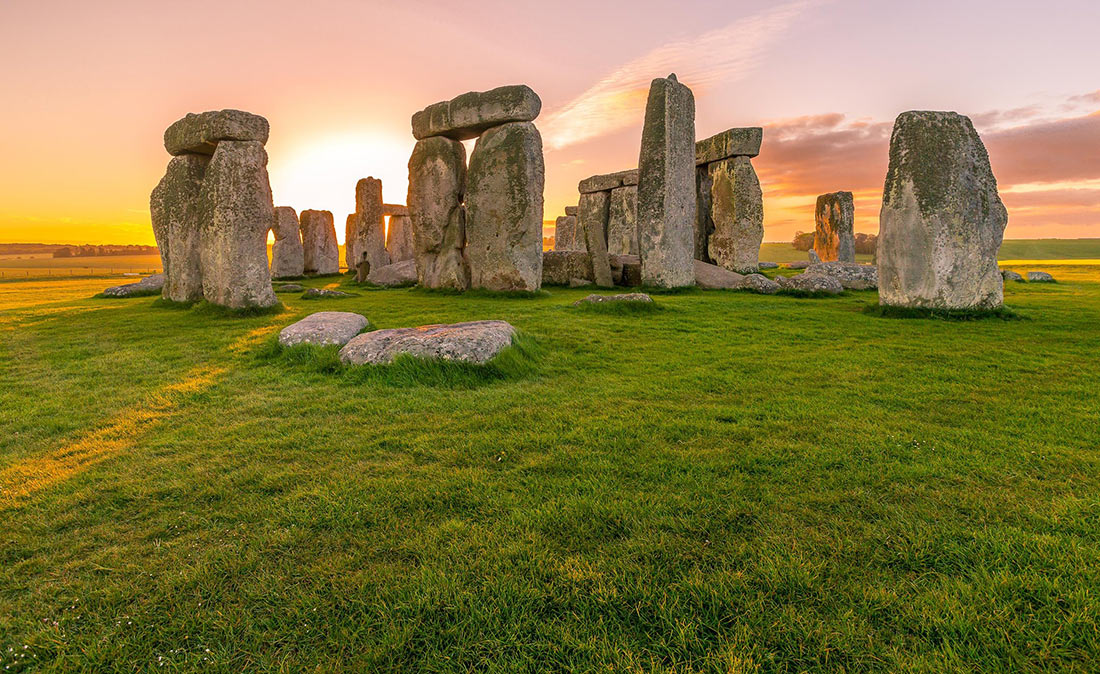
Photo: Freesally / Momentum Dash / flickr (CC0)

Photo: Kris Schulze / pexels (Pexels License)
UNESCO World Heritage List: Borobudur, Indonesia
Borobudur is one of the most important Buddhist sites in the world and certainly one of the most famous sights in Indonesia. Set in a lush tropical terrain with mountains and volcanoes, this place is breathtaking and calming at the same time. Located on the island of Java, not far from Yogyakarta, this massive temple complex was built in the 700s but was abandoned a few centuries later and has remained relatively untouched for centuries. Borobudur was discovered in 1800 by the British and then restored.
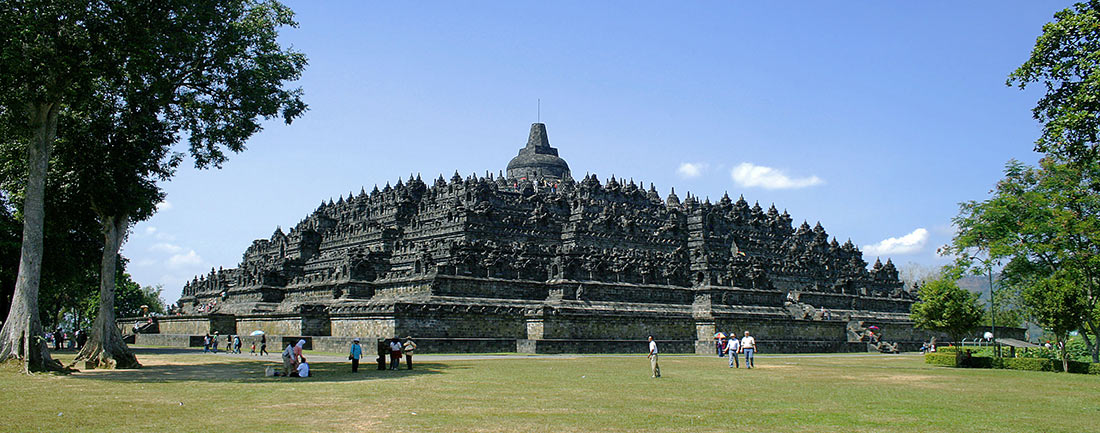
Photo: Gunawan Kartapranata (CC BY-SA)
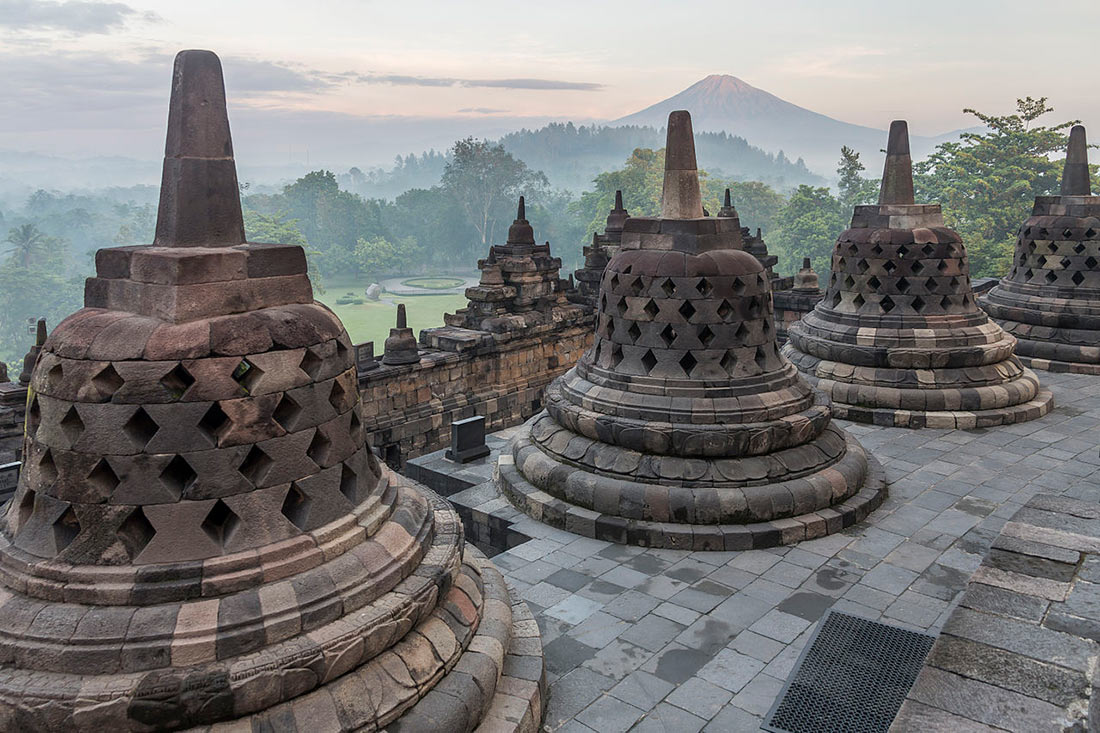
Photo: Photo by CEphoto, Uwe Aranas (CC BY-SA 3.0)
Mesa Verde National Park, USA
One of the most spectacular archaeological sites in the United States, Mesa Verde is a well-preserved ruins of Indian settlements. The most impressive places are the ancient dwellings, dramatically located right in the rocks. The plateau of the same name was inhabited by the ancestors of modern pueblos until the end of the 13th century.
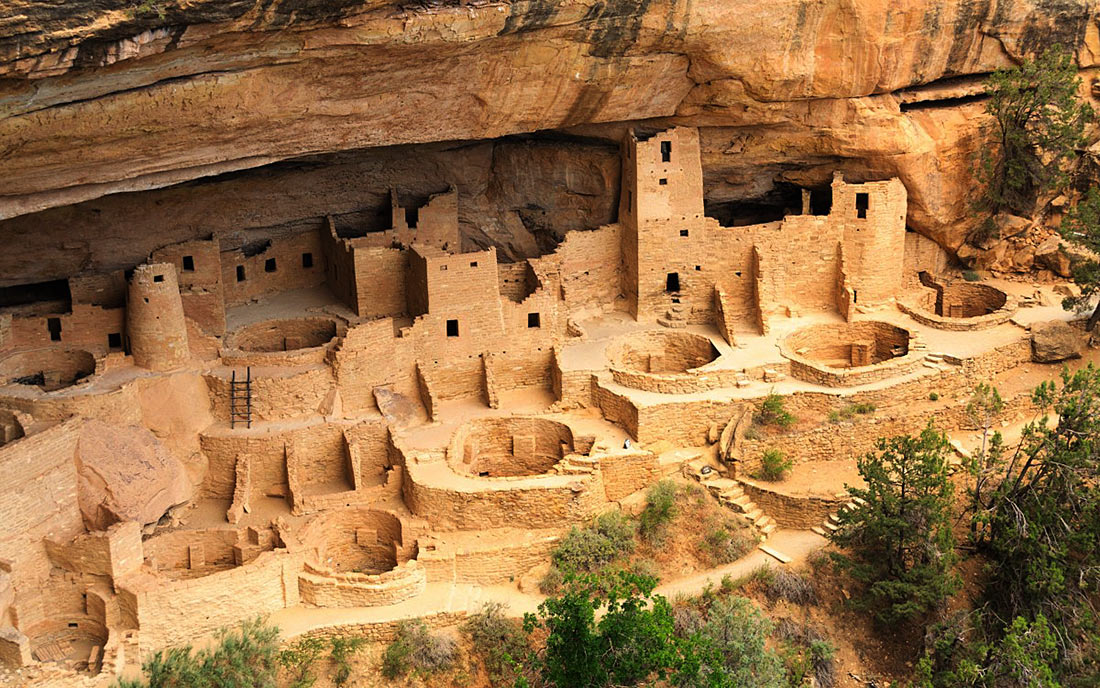
Photo: pxhere (CC0 1.0)
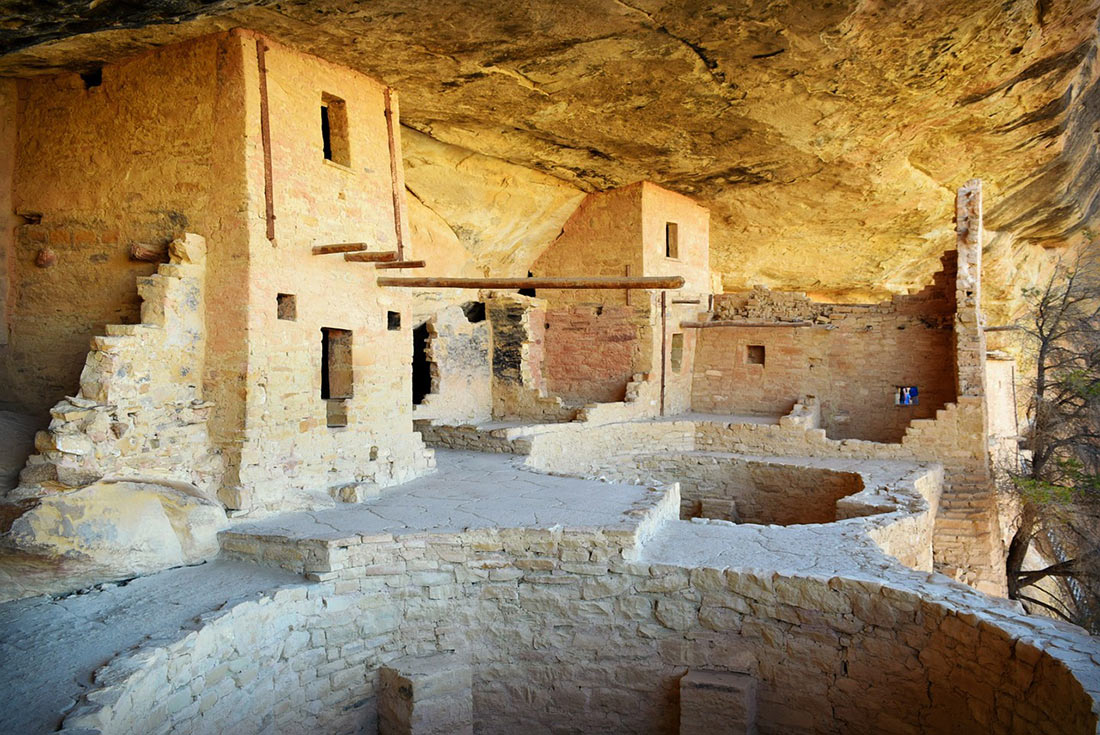
Photo: driveawaybob (pixabay.com) / needpix (CC0)
UNESCO World Heritage List: Terracotta Army, China
The Terracotta Army guarding the first emperor of China, Qin Shi Huang, is unlike any other archaeological site in the world. Thousands of life-sized warriors, each with a unique face, have stood in the ranks since they were created here in the 3rd century BC. According to some estimates, about 700,000 workers were involved in creating the army, which is believed to have about 8,000 terracotta warriors.
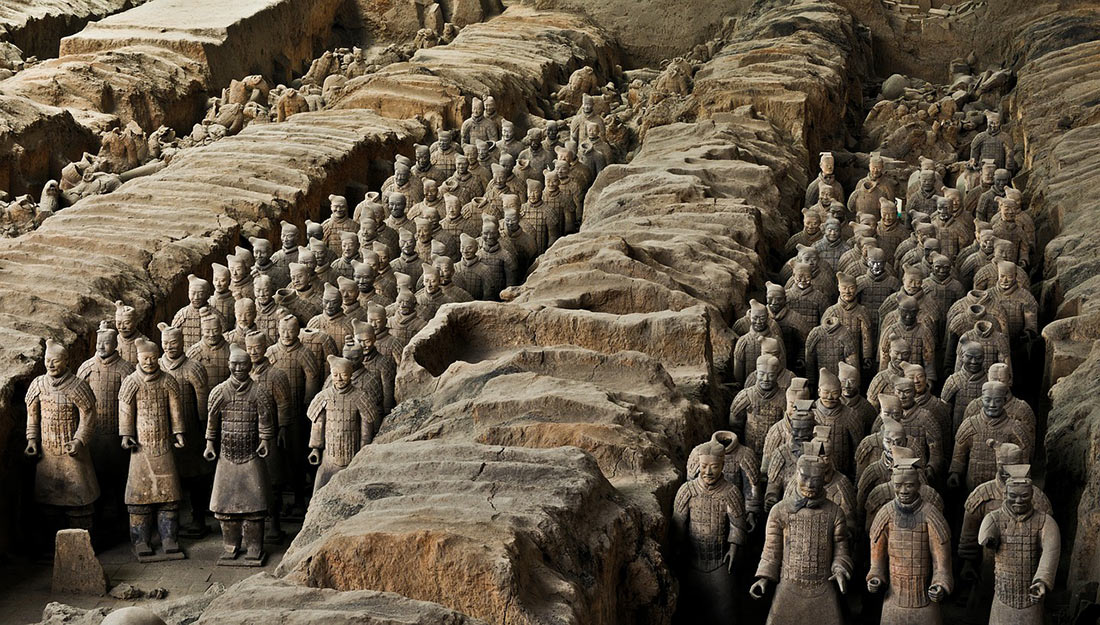
Photo: christels / pixabay (Pixabay License)
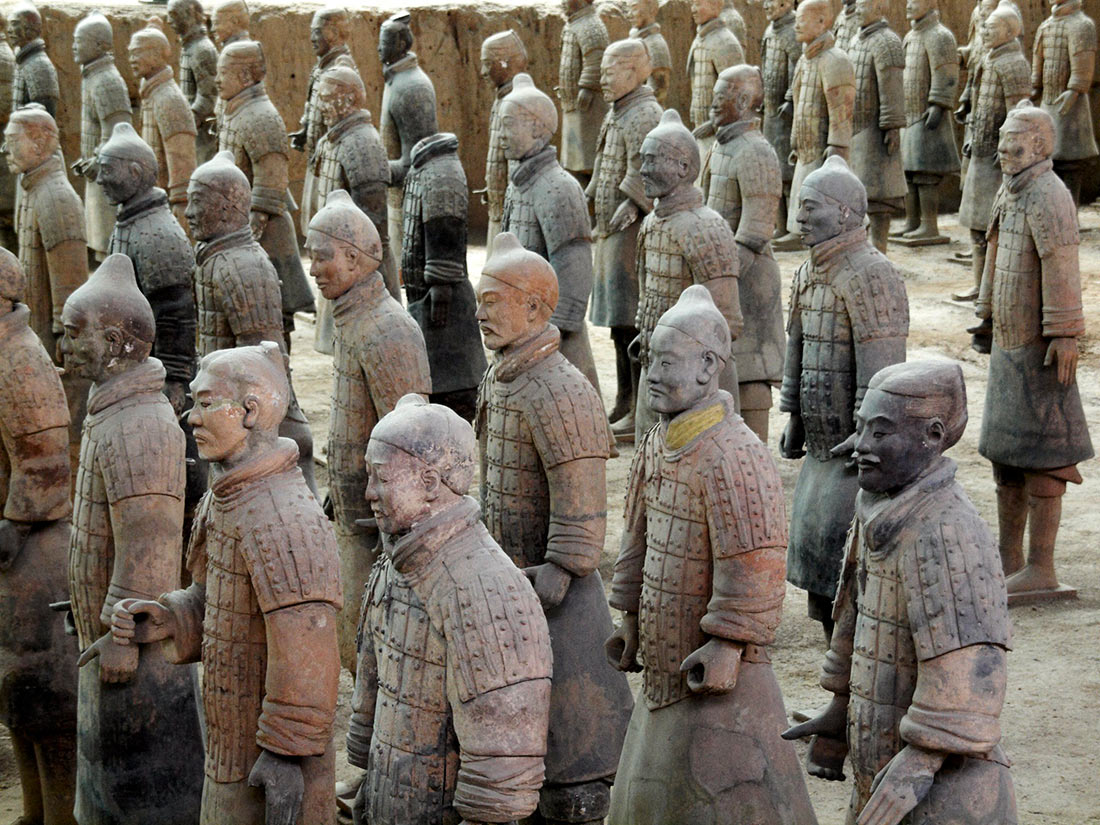
Photo: Kevin Poh / flickr (CC BY 2.0)
Petra, Jordan
A unique ancient stone city with dwellings carved in the sandstone walls! This ancient capital of the Nabataeans was already inhabited in the 4th-5th centuries BC. Discovered in the early 1800s, Petra was nicknamed the “pink city” for the color of the rock, and for obvious reasons, the “carved city”.
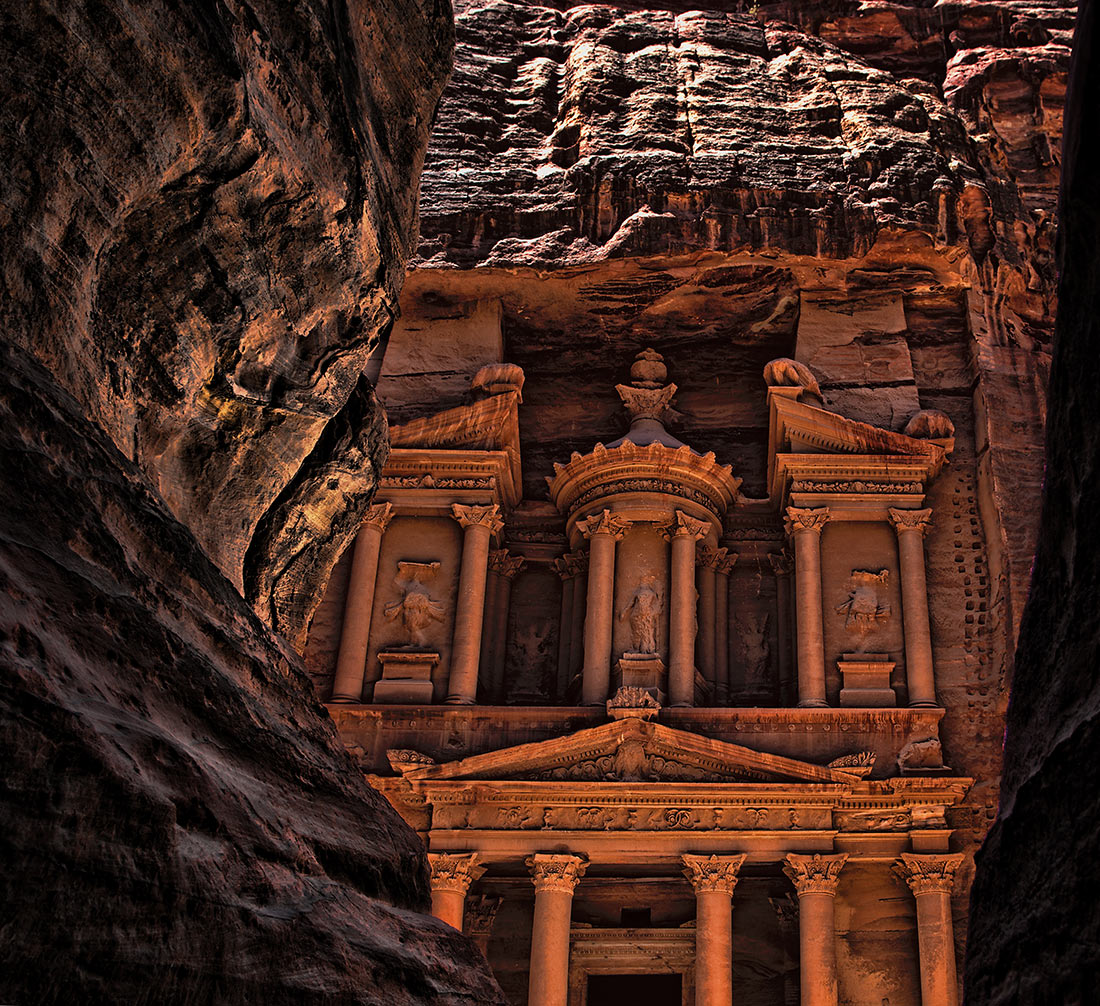
Photo: Faraheed (CC BY-SA)

Photo: LoggaWiggler (pixabay.com) / needpix (CC0)
UNESCO World Heritage List: Tikal National park, Guatemala
The ancient Mayan city of Tikal is one of the greatest archaeological sites in Central America. Located in northern Guatemala, surrounded by jungle, the park includes over 3,000 structures from the city that existed from 600 to 900 AD. Ancient pyramids, temples, plazas and basements of all kinds of buildings provide a visual representation of a complex community that was home to tens of thousands of people.
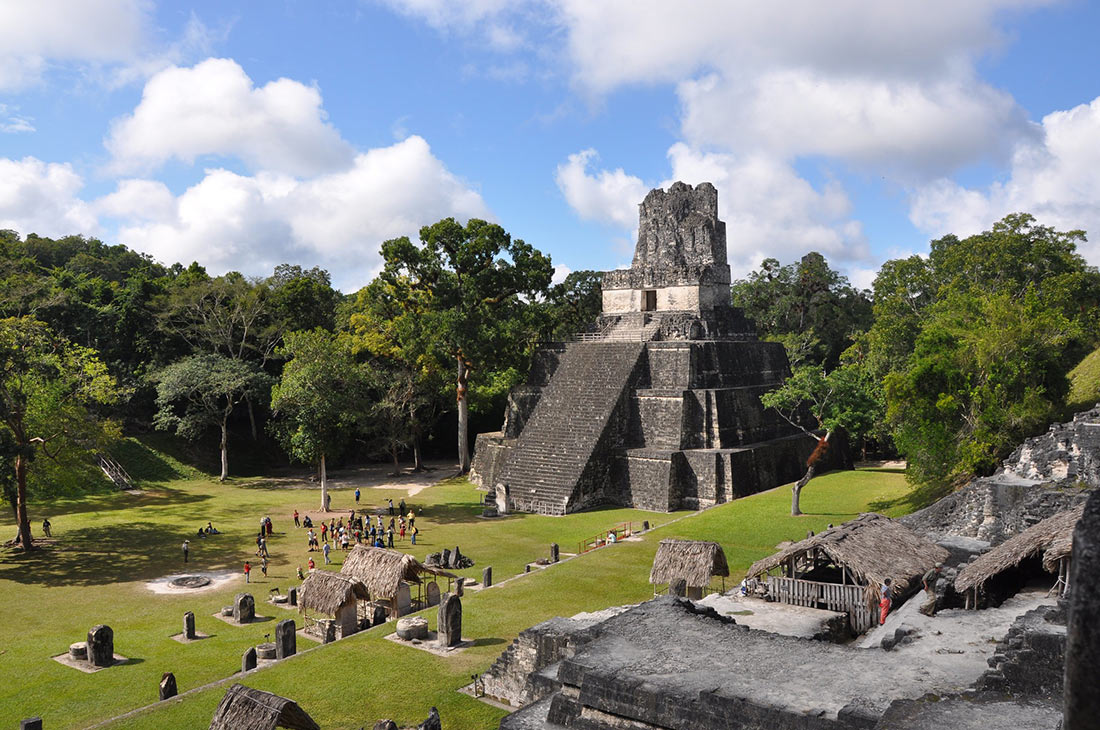
Photo: Mike Vondran / flickr (CC BY 2.0)
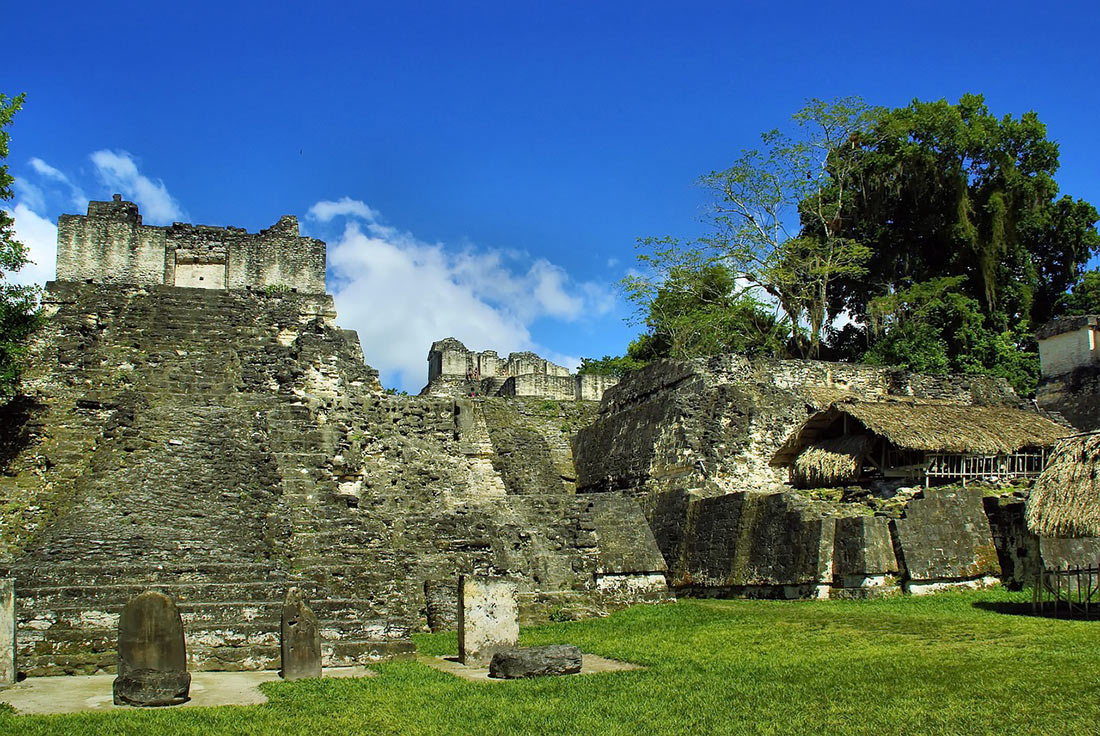
Photo: DEZALB / pixabay (Pixabay License)
Lascaux and Lascaux II Caves, France
In the cave of Lascaux (Dordogne region, France) there are unusual rock paintings from the Paleolithic period, which are considered among the best in the world. These primitive images, dating back over 17,000 years, mostly show the animals that are believed to have lived here during that time period. The rock art was discovered in 1940 but was later recreated at a nearby site known as Lascaux II to protect the original images from damage. When creating Lascaux II, painstaking work was done to reproduce an exact copy of the original cave and drawings.
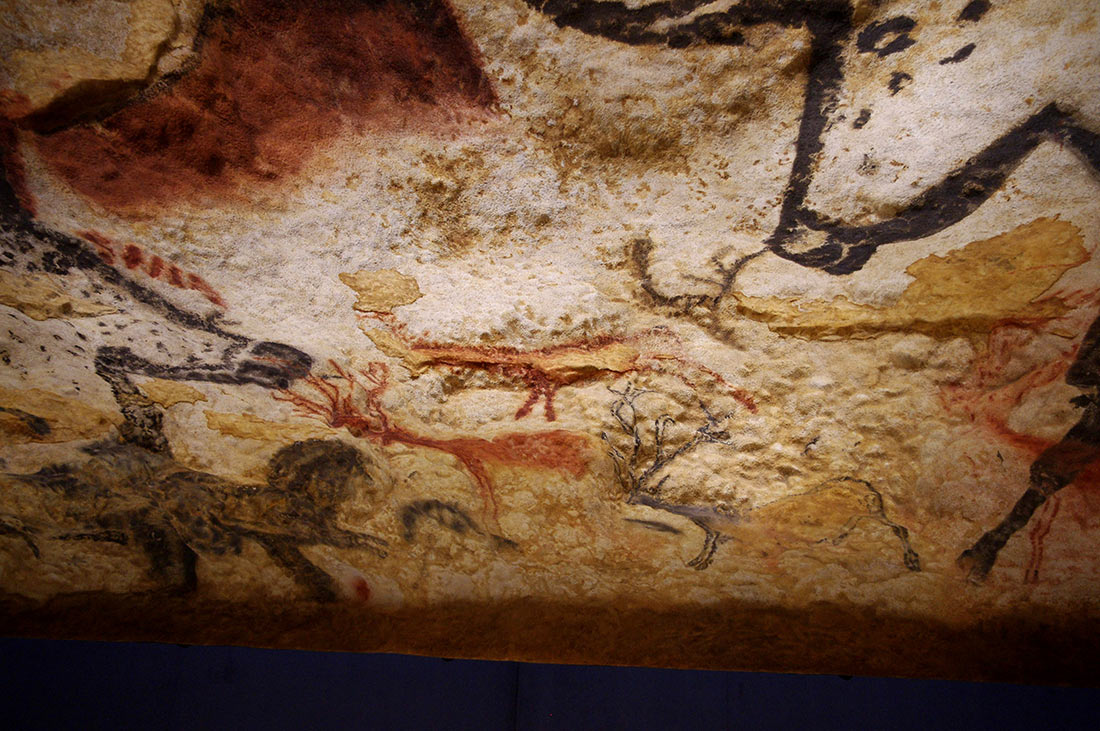
Photo: © Traumrune / Wikimedia Commons (CC BY-SA 3.0)
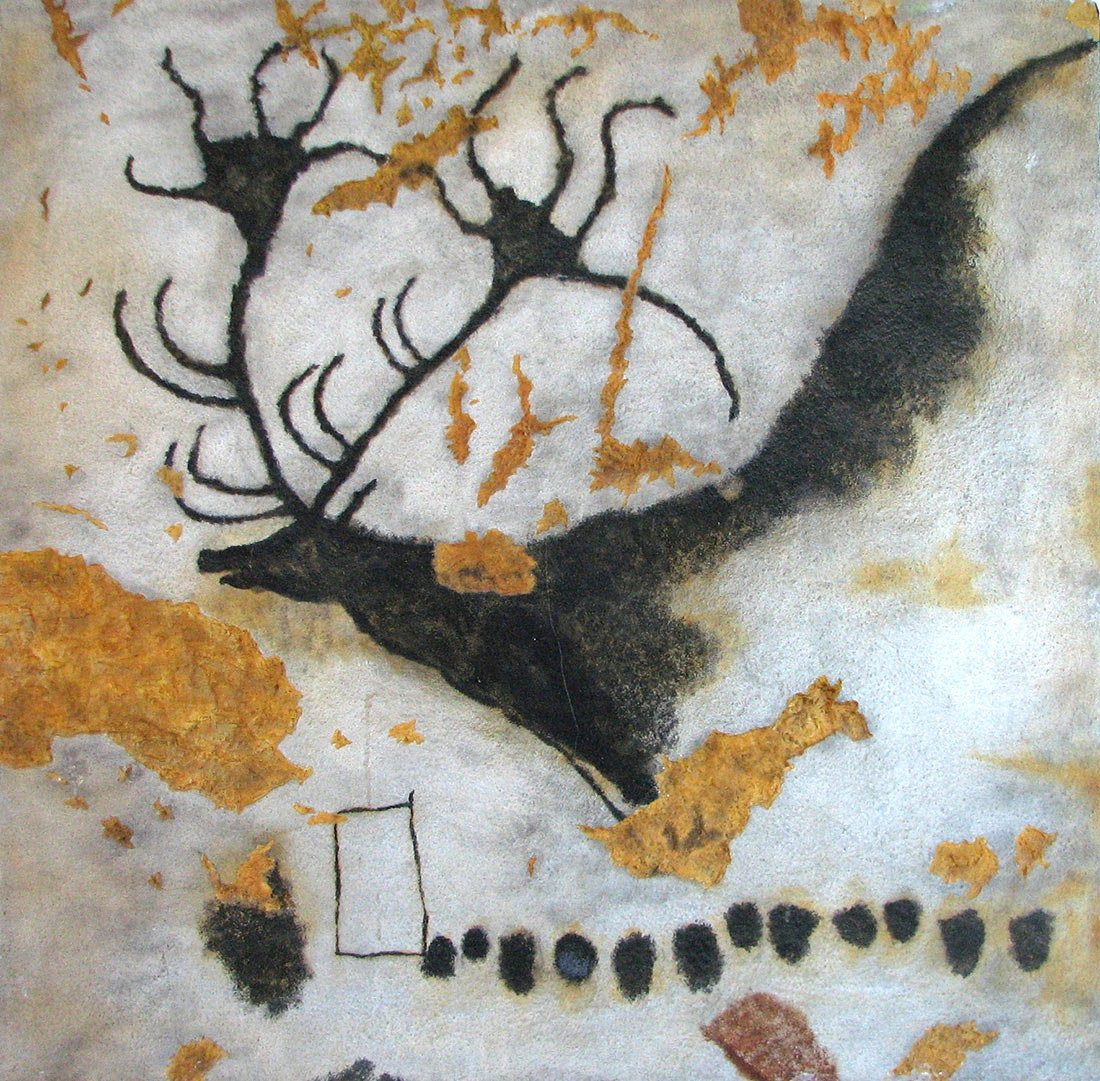
Photo: Lascaux (Public domain)
UNESCO World Heritage List: Chichen Itza, Mexico
In the jungles of the Yucatan Peninsula, not far from Cancun, lies the ancient Mayan city of Chichen Itza, which was an important center from the 7th to the 13th centuries and even served as a regional capital for a while. Today it is one of the most well-restored Mayan cities and one of Mexico’s biggest tourist attractions.
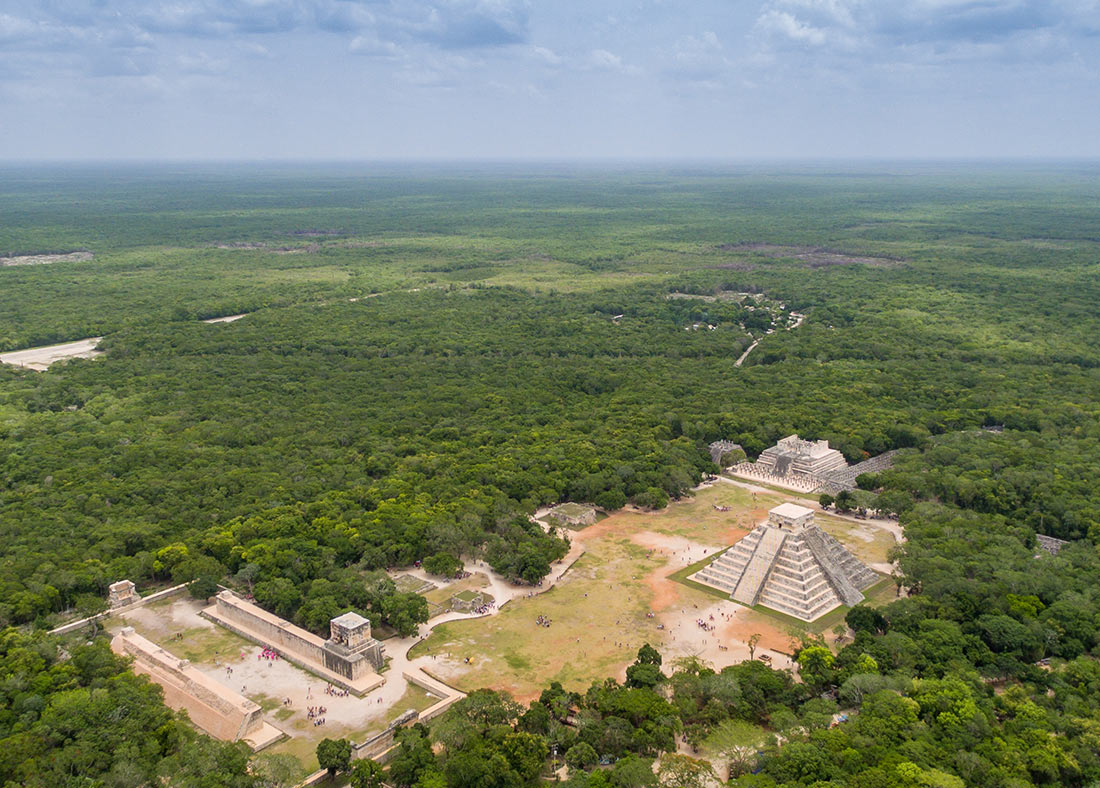
Photo: Dronepicr (CC BY)
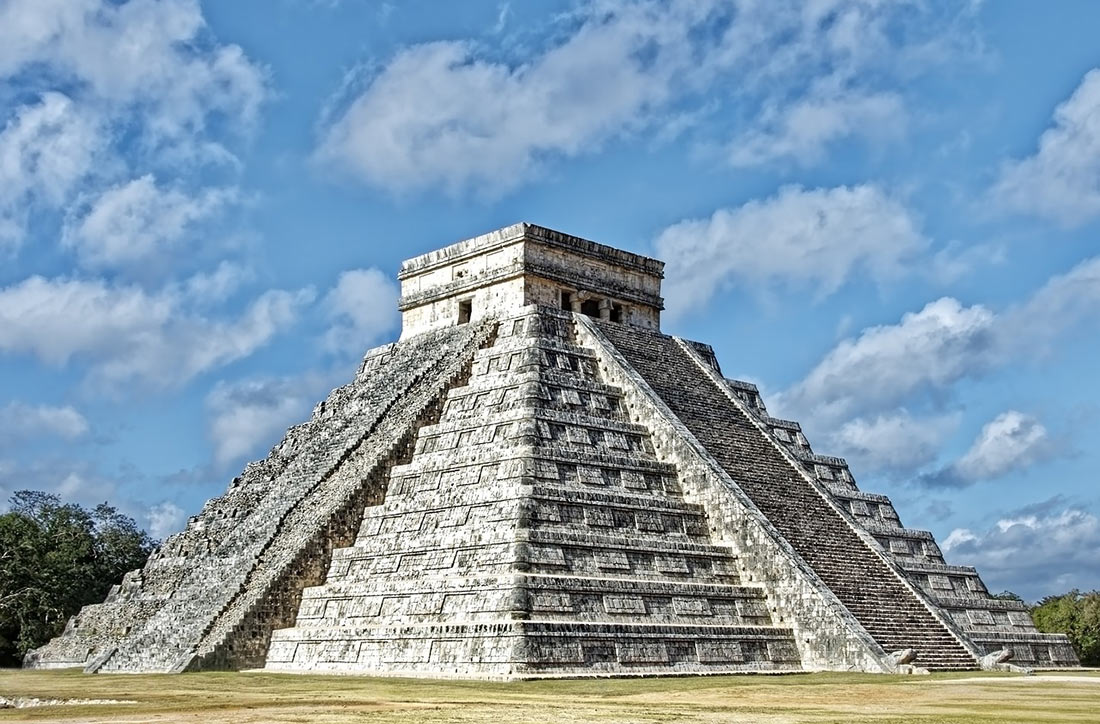
Photo: Makalu / pixabay (Pixabay License)
Leshan Giant Buddha, China
At 71 meters high, the Leshan Giant Buddha statue was carved in a rock and is the tallest stone Buddha in the world. Created in the 8th century, the statue looks out over the confluence of the Min Jiang, Dadu and Qingyi rivers and was built with the hope that it would provide calm waters for the boats that make this difficult journey.
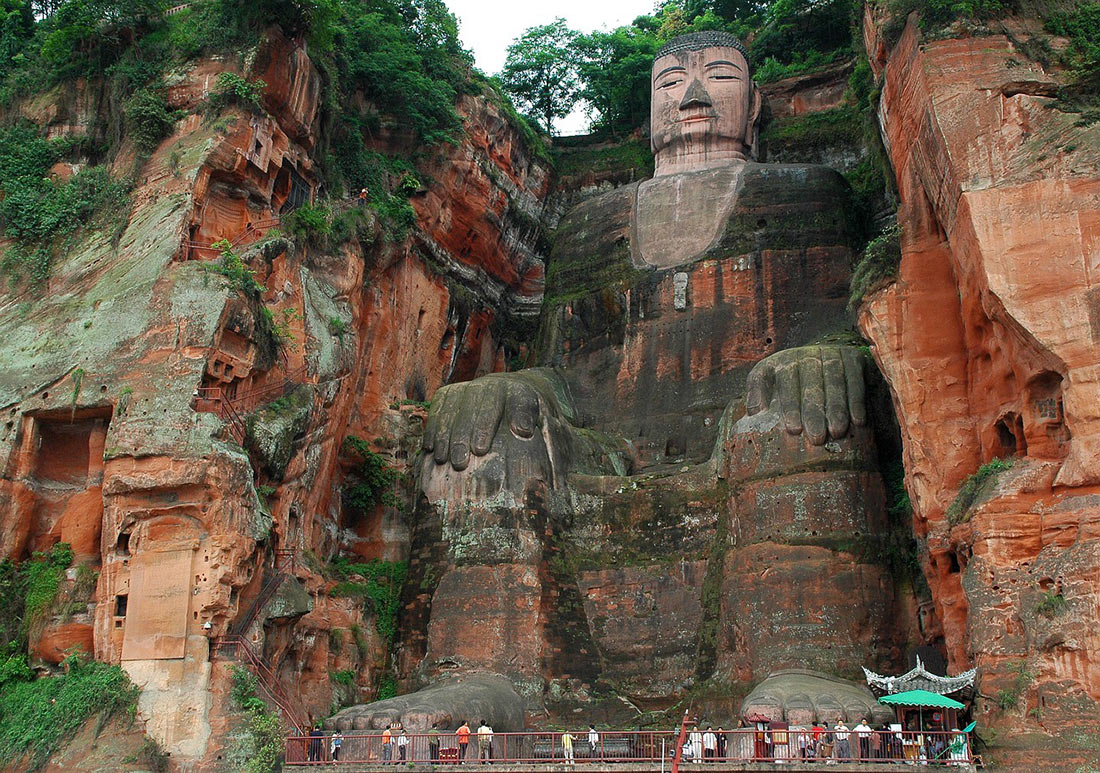
Photo: christels / pixabay (Pixabay License)
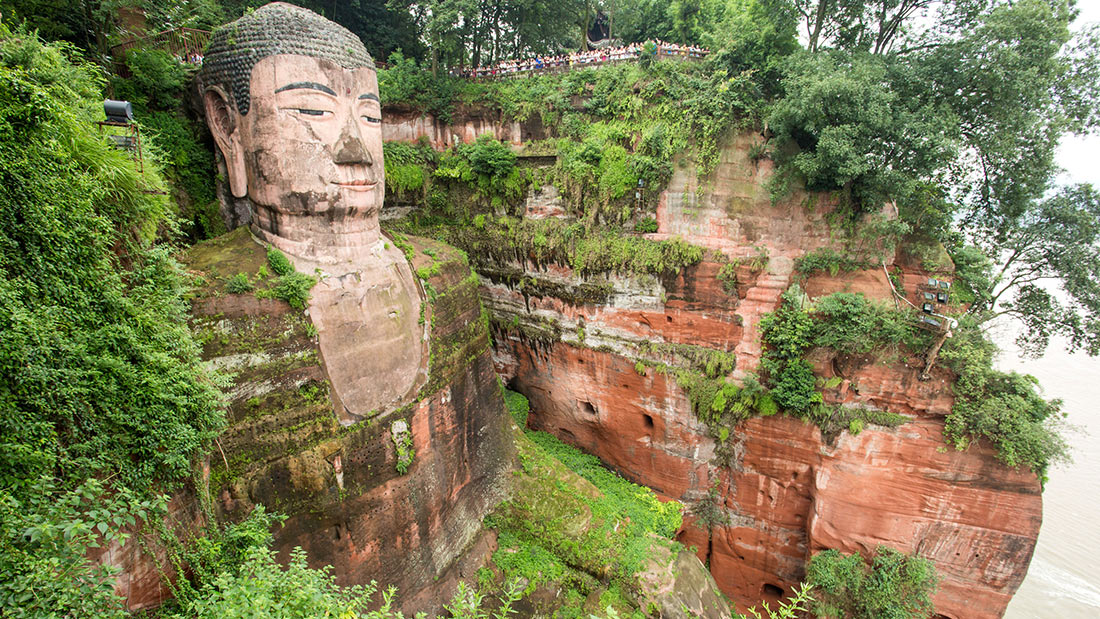
Photo: 王计 (CC BY)
UNESCO World Heritage List: Easter Island, Chile
Easter Island, located in the South Pacific, is famous for its monumental statues known as moai. Created by the Rapa Nui, who are believed to have inhabited the island since the 12th century, hundreds of stone idols are scattered throughout the island. Some of them are partially filled up, others stand on giant stone platforms, and many of them still remain in the quarry where they were created. The size of the statues is from 1 to 20 meters, while each idol is unique and is considered a symbol of an ancestor.
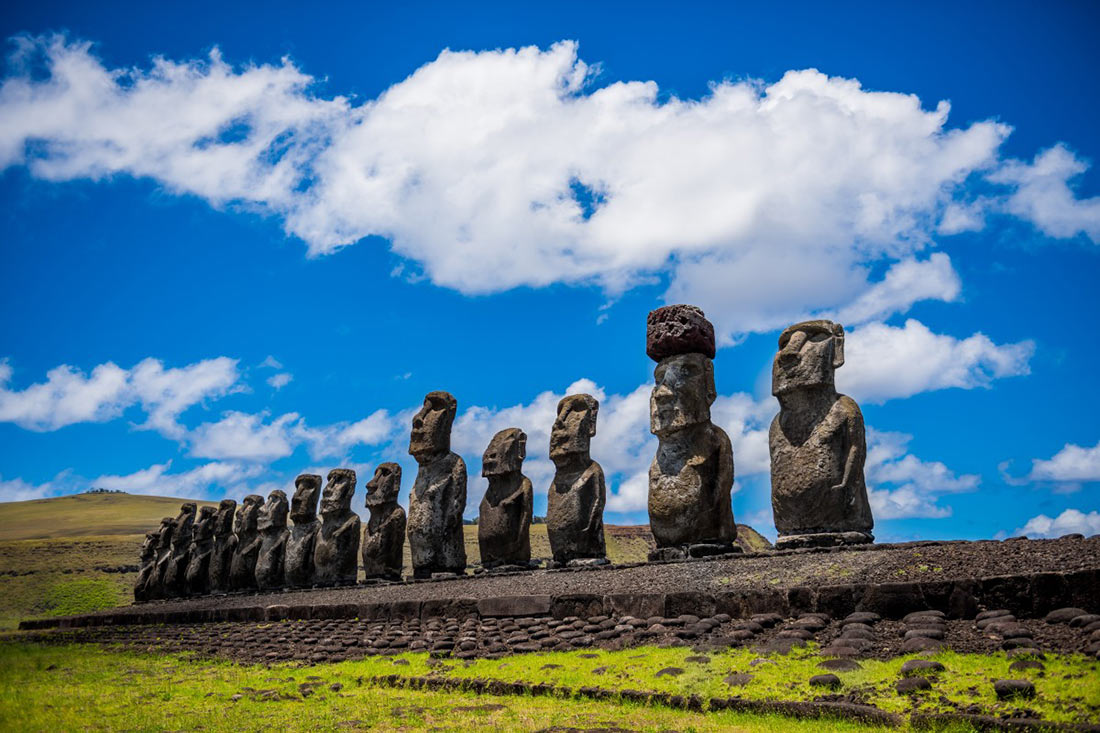
Photo: pxhere (CC0 1.0)
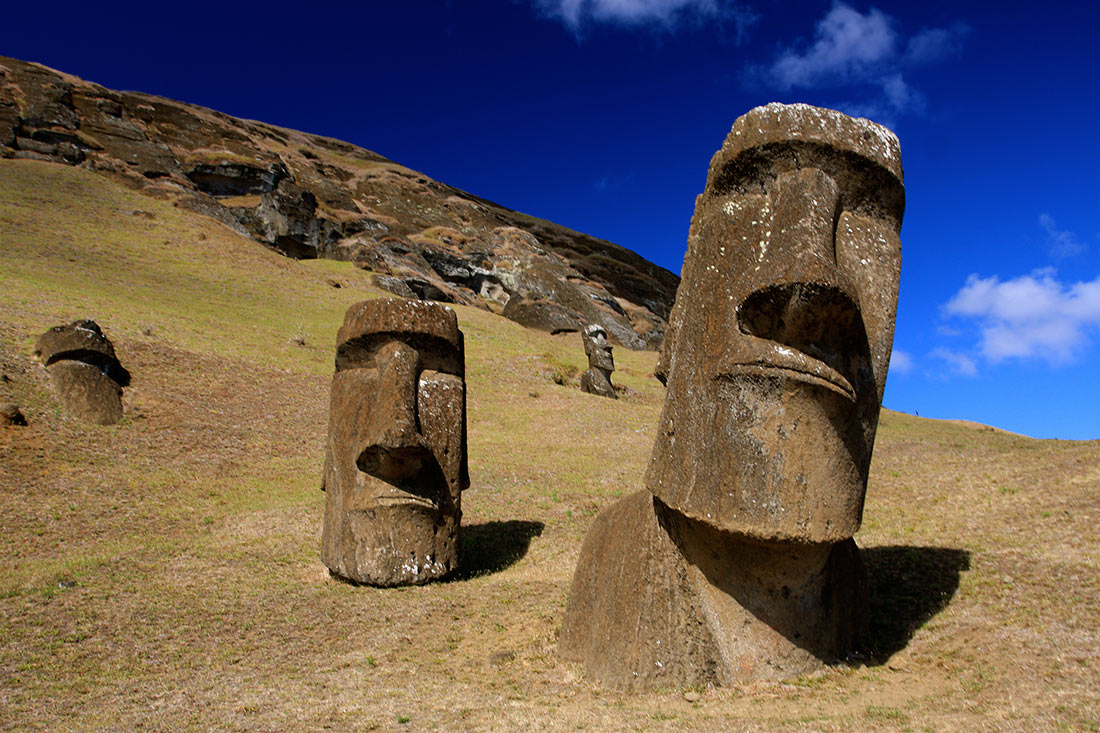
Photo: TravelingOtter (CC BY)
UNESCO World Heritage List: Hagia Sophia, Turkey (Ayasofya)
One of the main attractions of Istanbul, Hagia Sophia (St. Sophia Cathedral) was built almost 1500 years ago and has become a symbol of the ancient city. During the construction, columns from the Temple of Artemis of Ephesus, which is one of the Seven Wonders of the Ancient World, were used. Impressive religious building was consecrated in 360.
St. Sophia Cathedral (Hagia Sophia) on map


UNESCO World Heritage List: Cité de Carcassonne, France (Cité de Carcassonne)
Cité de Carcassonne is a unique fortification and one of the most famous and popular attractions in France. This huge and spectacular complex includes more than 50 towers crowning massive concentric walls, a moat, heavy barbicans, lattice supports and drawbridges. Inside these fabulous fortifications is a castle, a basilica and a small town. All of this is perched on top of a hill, offering magnificent views of the modern city of Carcassonne to the west, the Aude River and Canal du Midi to the north, and the often snowy Pyrenees to the south.
Cité de Carcassonne on map


UNESCO World Heritage List: Malbork castle, Poland (Zamek w Malborku)
Malbork Castle is located in the Polish city of the same name near the Baltic Sea. It was built by the Teutonic Knights in the 13th century and was originally named Marienburg Castle. Built and rebuilt for centuries, today it is considered the largest brick building in the world, and the entire territory of the complex occupies more than 20 hectares of land.
Malbork castle on map
